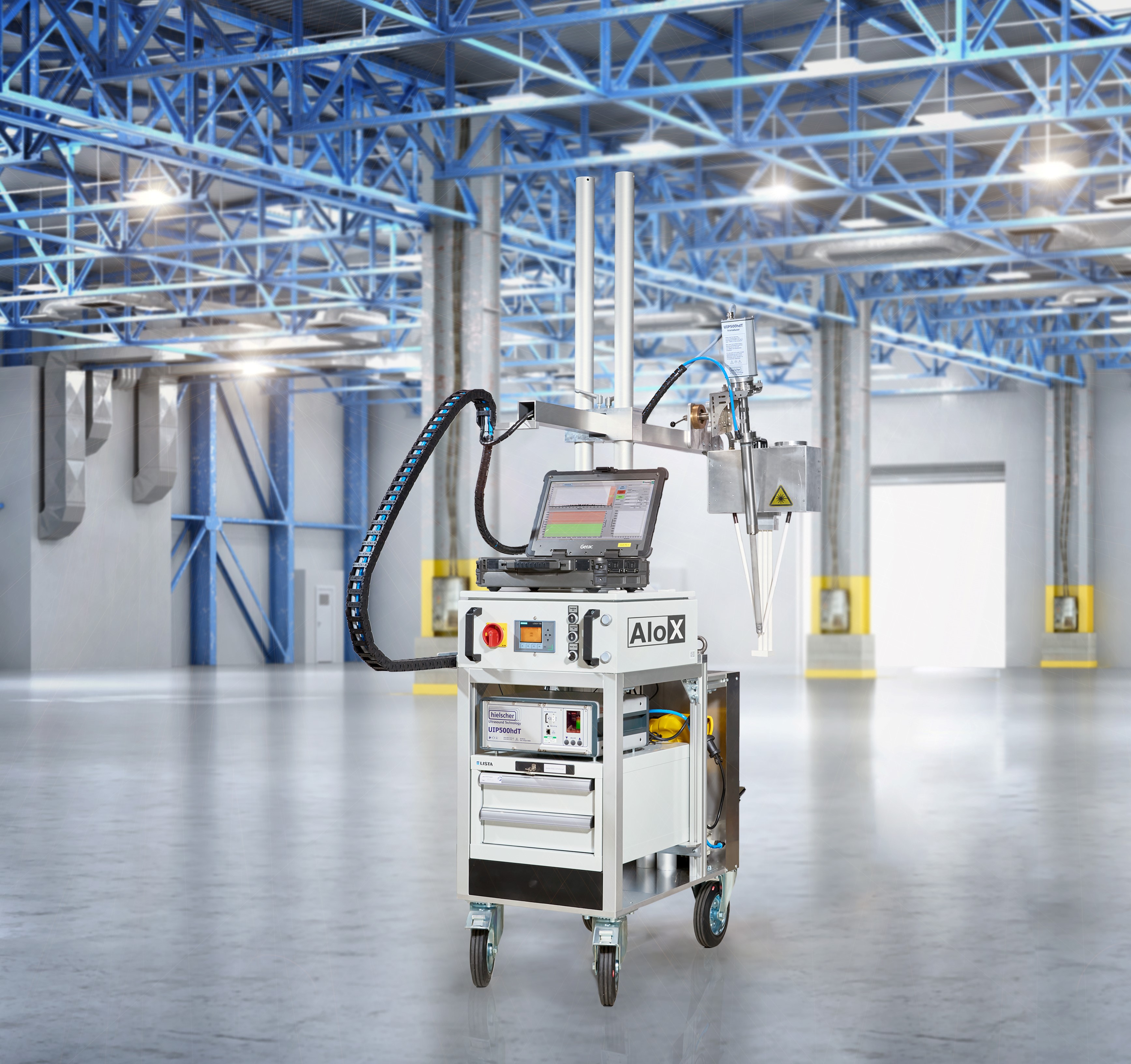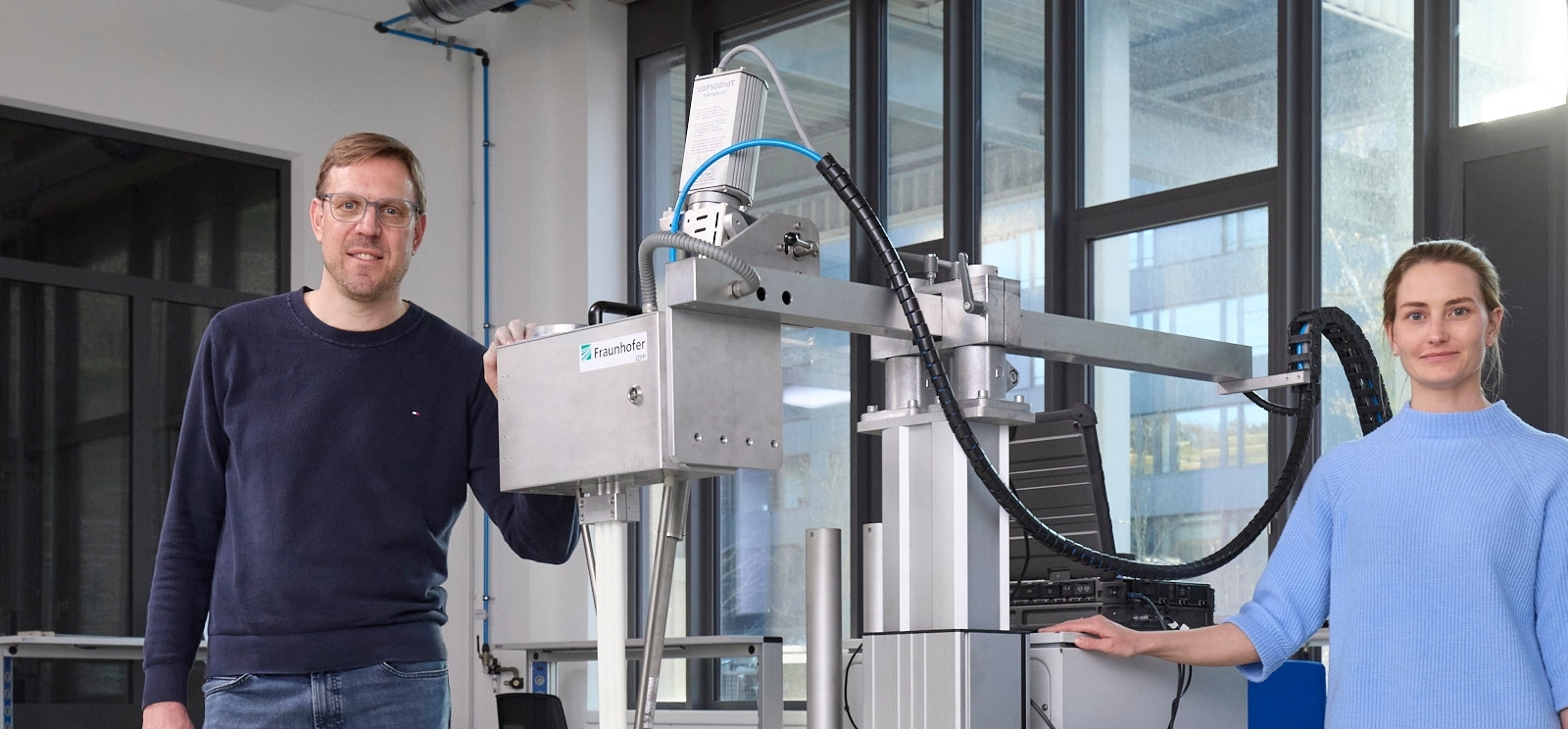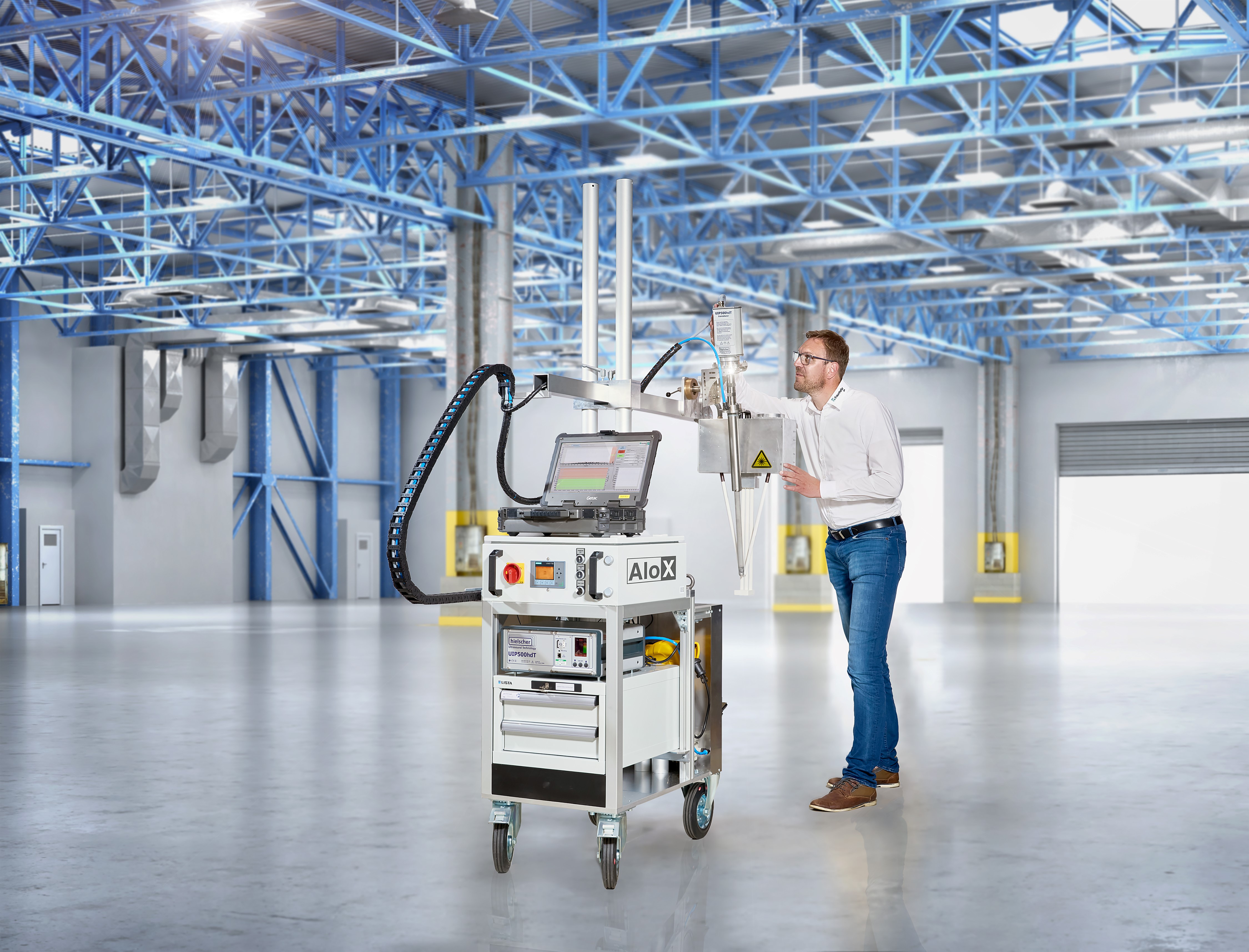Ultrasound-based measuring system for the determination of inclusions in aluminum melts

The demands placed on aluminum castings in terms of product quality and costs are constantly increasing. With the increasing trend toward lightweight construction, there is a growing desire for ever thinner wall thicknesses and more complex part design, while at the same time increasing mechanical and thermal loads must be met. Impurities in the aluminum, for example non-metallic inclusions, exert a decisive influence on quality and lead to an increased scrap rate. In order to meet the high demands on component properties, it is therefore imperative to prevent non-metallic inclusions in the melt and thus in the subsequent cast aluminum component, or to determine their content. However, reliable detection of inclusions in aluminum melts is currently not possible, or only at very high cost. Foundries also have high requirements for the detection of even low concentrations of impurities. The only method currently available on the market that meets these requirements is the so-called LiMCA measurement method. The disadvantages of this measuring technique are the very high acquisition costs and the need for operation by an expert.
Based on an AiF project (IGF project no. 18061 N) and subsequently through industry-funded follow-up projects, Fraunhofer IZFP has therefore developed a new resource-efficient measuring system for the control of molten aluminum that has low investment and operating costs and delivers sufficiently accurate and reproducible results with simple handling without expert knowledge.
For particle detection in aluminum melts, ultrasonic waves are coupled into the metal melt to be examined by means of two special waveguides. One waveguide serves as an ultrasonic transmitter, the other as a receiver. An additional reflector serves as a reference to continuously monitor the ultrasound coupled into the melt. Various parameters are analyzed for the evaluation of the ultrasonic signals: Gain for evaluation of the ultrasound, height of the reflector echo, noise level as well as number of signal counts above defined thresholds in a certain time and measurement range. This special evaluation routine has also been registered for patent.
As part of the AiF project, a laboratory measurement system was initially set up to characterize the melt quality and issues relating to waveguide material and geometry, positioning of the waveguides, optimum ultrasonic electronics and the resulting detection sensitivity were investigated in greater detail. The aim of the industry-funded follow-up projects based on these results was to further develop the ultrasonic particle detector into an industrially applicable prototype.
The finished ”AloX” measuring system is shown in the figure above. It consists of a mobile measuring trolley adapted to the special spatial situation of aluminum foundries and a measuring unit, which can be seen in the rear part of the figure. With the aid of an electrically movable boom, this measuring unit can reach all common measuring positions in the foundry environment. In addition, AloX has a laser-controlled height adjustment so that the immersion depth of the ultrasonic waveguides can be automatically set and readjusted during the measurements. For reproducible coupling of the ultrasonic signals, the measuring system also has a power ultrasonic unit, which is used to clean the ultrasonic waveguides at the beginning and during the measurement.
Numerous tests in real aluminum melts showed that AloX has the potential to meet the requirements for a fast, reliable and sufficiently accurate measurement method. Comparative measurements with a reference method were decisive for proving the functionality of the developed measuring system. The LiMCA measurement method was used for this purpose. It was clearly evident that the measurement results correlate at lower concentrations, which are particularly important for foundries.
The decisive advantage of AloX is that it has been tailor-made to meet the individual requirements of the industry and is thus tailored to customer-specific needs. This includes a significantly lower price in acquisition as well as in operation compared to all competing systems, as well as easy handling and signal evaluation that does not require expert knowledge.
Industry partner/project sponsors:
- Bundesministerium für Wirtschaft und Klimaschutz (BMWK)
- Nemak Europe GmbH
- TRIMET Aluminium SE
- OHM & HÄNER Metallwerk GmbH & Co. KG
- Hydro Aluminium Rolled Products GmbH
 Fraunhofer Institute for Nondestructive Testing IZFP
Fraunhofer Institute for Nondestructive Testing IZFP 
